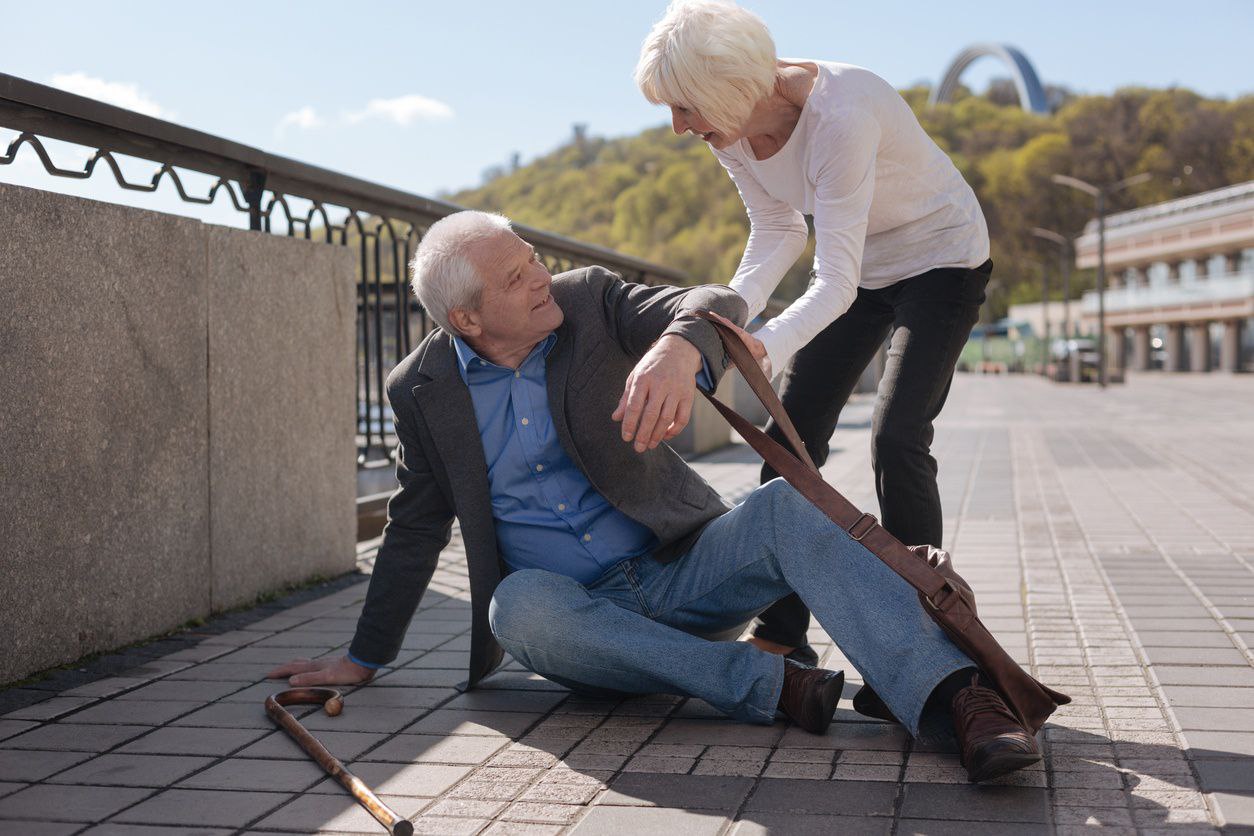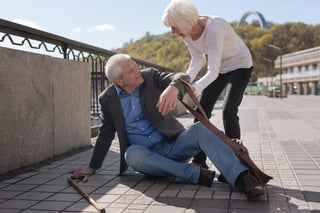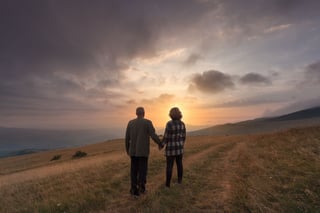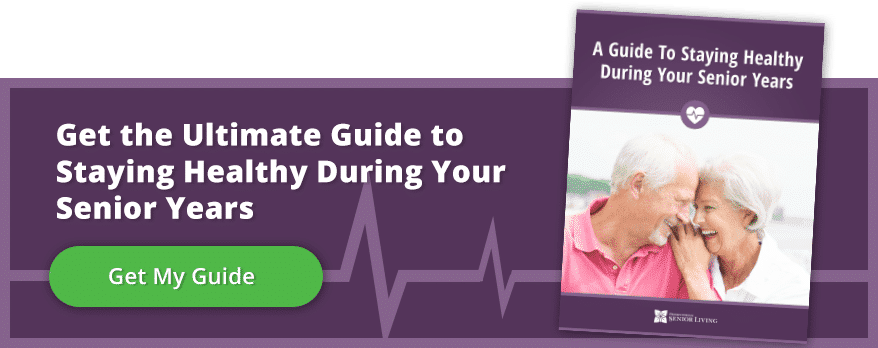
Preventing Senior Falls in the Fall
Updated from the original publication on November 16, 2017.
Fall is here, and it brings crisp air, colorful leaves, and pumpkin spiced everything. But it can also mean an increased risk of falls for seniors. Falls are a common issue many seniors face, and usually, a fall isn’t as simple as it seems. There can be many underlying factors that lead a senior to fall, from balance issues to unseen hazards.
"The cooler weather and shorter days bring conditions that can influence your body and make you more prone to falling," says Teresa Buchman, Vice President of Skilled Nursing Operations at Presbyterian Senior living.
Identifying why falls are dangerous, and what you can do to prevent them, can go a long way in keeping yourself or your loved ones healthy.
Why are Falls Dangerous?
 According to the National Council on Aging, 1 in 4 Americans aged 65+ falls every year. Falls are the leading cause of fatal and non-fatal injuries for older Americans. They can also be very costly depending on the outcome. Even for those who are not physically injured during a fall, a debilitating fear of falling again may develop in response to a fall. This fear can have a cascading effect; individuals may limit their activities of daily living, which may lead to inactivity, reduced mobility and a loss of physical fitness. And all of these things can actually increase an individual’s risk of falling.
According to the National Council on Aging, 1 in 4 Americans aged 65+ falls every year. Falls are the leading cause of fatal and non-fatal injuries for older Americans. They can also be very costly depending on the outcome. Even for those who are not physically injured during a fall, a debilitating fear of falling again may develop in response to a fall. This fear can have a cascading effect; individuals may limit their activities of daily living, which may lead to inactivity, reduced mobility and a loss of physical fitness. And all of these things can actually increase an individual’s risk of falling.
Preventing Falls
While all of this may sound scary, the good news is there are some basic steps you can take to reduce the risk of falls that should help.
Visit Your Doctor
The first step is to talk to your doctor. You will be able to work together to review all of your medications and discuss any side effects like feeling dizzy or sleepy. On the flip side, be cautious when using non-prescription medications that contain sleep aids—including painkillers with “PM” in their names. These can lead to balance issues and dizziness. If you have trouble keeping track of your medications there are options to help, like a timed medication dispenser, or medication apps for your smartphone. You can also have your medications reviewed each time you get a new prescription.
You should also get your eyesight checked, as poor vision can lead to tripping or other injuries that can increase your risk of falling. Using tint-changing lenses can be potentially hazardous when going from bright sun into darkened buildings and homes. A simple strategy is to change glasses upon entry or stop until your lenses adjust.
Bifocals also can be problematic on stairs, so be cautious. For those already struggling with low vision, consult with a low-vision specialist for ways to make the most of your eyesight.
Exercise
You should also try to stay as active as you can to prevent falls. Exercise can strengthen your muscles and improve your balance, which should help reduce the risk of falling. There are three key areas you should focus on improving when exercising. These are:
- Balance
- Muscle Strength
- Core Strength
Tai Chi or Yoga are great, low-impact types of exercise you can do that can improve these areas. If you don't think Yoga or Tai Chi are for you, simply walking can be effective. Your doctor will be able to tell you what an appropriate amount of exercise is for you.
Home Safety
Finally, make sure your home is safe. This means clearing clutter from the floors, and making sure your rugs can’t slip or bunch up. You may also want to add grab-bars to your bathroom and handrails to any staircases you may have. Making sure your home is well lit can also reduce the risk that you’ll trip over something unseen and fall.
The days start to get noticeably shorter in Fall, and of course that means less daylight. It might seem obvious, but this change can come quickly if you’re not paying attention. You won’t have to do much to adjust, but it may require changing your schedule slightly. If you’re used to taking a walk in the evening you may want to consider doing it earlier in the evening, or even in the afternoon. You don’t want to find yourself still outside in the dark at a time when you’re used to having more sunlight. That could lead to tripping or slipping on something -- and falling.
 Many people like to leave their lights off during the day to let the natural light in and save a little on their energy bill. If that’s you, remember to turn them on earlier in the Fall. A well lit home can help you see any hazards you forgot were there or didn’t notice, which can save you from falling.
Many people like to leave their lights off during the day to let the natural light in and save a little on their energy bill. If that’s you, remember to turn them on earlier in the Fall. A well lit home can help you see any hazards you forgot were there or didn’t notice, which can save you from falling.
Staying injury-free is a goal that pretty much everyone has, and as the saying goes, “knowing is half the battle.” If you are able to identify potential risks for falls and take action, you may decrease the likelihood that you will injure yourself. For more information on how to stay healthy as a senior, download our free eBook below.
About Presbyterian Senior Living
As the trusted leader in aging services, Presbyterian Senior Living combines over 97 years of experience with innovative approaches to senior communities and services. Across our 27 communities in PA, MD, OH, and DE, we serve over 6,000 seniors. We are committed to: FOSTERING teamwork and responsibility. UPHOLDING integrity in every action. EMBRACING innovation to create opportunities for everyone’s success. LEADING with compassion and respect.

